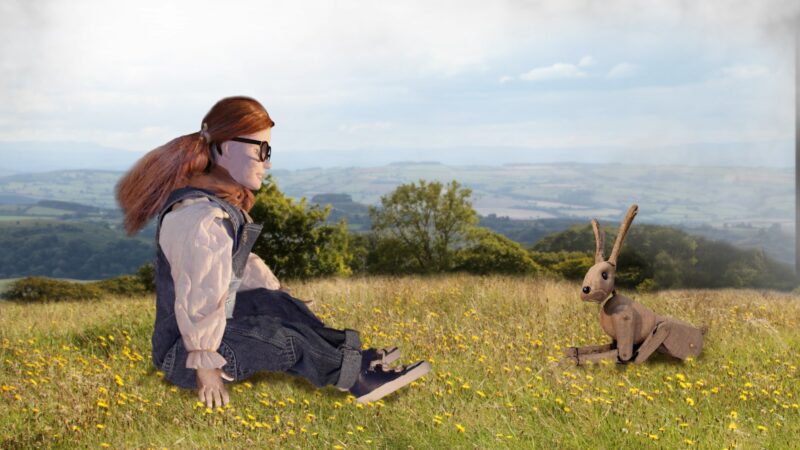No one likes the word ‘influencer’ – it’s every bit as clinical and cynical as it sounds.
Sam Shetabi says: It has become the catch-all term for individuals with dedicated online followings, be they sassy beauty gurus on Instagram or meme-loving comedians tweeting in 280-character bursts.
The great irony is that those who tend to revel in the term are those who want to use said influence for their own ends. In the age of social media, that tends to be marketeers, leveraging legions of followers to drive engagement and sales. And it’s easy to see why.
Influencers and their audiences
Whether it’s YouTubers looking straight at you down the barrel of their camera lens, or podcasters speaking purposefully into your ears through your headphones, social media influence increasingly means intimate, direct and vivid connections between influencers and their audience. Fundamentally it’s the trust, consistency and authenticity which they nurture, that fosters their influence.
While most of the attention is often on leveraging the megastars of this newest New Media to reach their legions of followers, that same trust is all the more concentrated for influencers with far smaller followings. And if by the laws of the internet any niche will find an audience, then this is where artists and arts institutions alike can find networks of people across the globe to galvanise around their work.
For me the most common error made by people trying to work with influencers is treating them like billboard space on the street, half-heartedly piggybacking on their social media their interactions with minimum effort. Fans of an influencer will see through a cynical ploy to use their influence instantly, whereas meaningful and authentic endorsements – especially in the arts – are key to reaching their audience credibly and effectively. Finding an individual who shares your values and wants to speak with a unique tone of voice is much more important than the sheer reach of their fanbase.
Where once influencers were celebrities – anointed by record companies, film producers or modelling agencies as the icons we’re all meant to follow – follower counts and engagement metrics mean ‘influence’ is more democratised today than it has ever been. To gain a following you need to not just be iconic, but also talented, engaging, honest, disarming and often downright alluring. Those few people who manage to cut through the noise online and become modern influencers have therefore truly earned it – cynically or otherwise. But this means brands, institutions or art projects themselves can become ‘influencers’ if they speak the language of the internet, inspire community, and engage with their followers as real people, rather than corporations.
The Moving Cities project, founded in 2014, uses striking, incongruent imagery to promote dance around the world. Capturing “international dancers in real settings”, the project has earned a small but potent following online. Not only is the fascinating photography innately shareable, the images are just intriguing enough to encourage you to click through to find out more, and ultimately follow that online engagement offline.
And the weekly Twitter event from London’s Design Museum is a fantastic example of a brand finding a global audience. By reaching out beyond its base in Kensington to a worldwide audience of design lovers, it has become the architect of its own engaged network. Each Sunday is @DesignMuseum’s celebration of an everyday form of design we see all around us – typography. A theme is set each week, often suggested by their own followers, and dedicated “type enthusiasts” are encouraged to tweet fonts from everyday scenarios. From the expected (like shop signs and packaging) to the esoteric (manhole covers and bottle tops, anyone?), design professionals, eager students and casual admirers alike connect with The Design Museum through this simple idea each and every week. #FontSunday has even become a weekly event in their calendar of events and exhibitions.
Both of these projects are examples of artists or organisations becoming the influencer, because the power of social media means anyone can cut through and find an audience. But if you want to leverage the influence of others, working with an influencer to find out what they’re passionate about is the more challenging, but often more rewarding path.
Art Fund’s unique podcast Meet Me at the Museum offers an intimate insight into the tastes and motivations of writers, actors and even comedians, as they tour around their favourite galleries and exhibitions. By inviting these influencers to host their own episode, choose their favourite museum to visit, and lead the conversation throughout, they have been able to leverage the guests’ influence to promote the charity with authenticity and clarity. The format of Meet Me at the Museum is merely a framework for the influencers to make their episode their own, and is a fantastic example of working meaningfully with influencers on work their followers will want to consume.
This is a stand-out example of being led by the influencer, rather than dictating the terms. And above all I have learned from getting the best out of influencers, the trick is not to just use them, but to work with them.

Sam is Content Manager at podcast hosting platform Acast where he oversees podcasts including Off Menu, Athletico Mince and The High Low. With a background in TV – including at BBC Studios – he has also worked at Gleam Futures where he developed award-winning content across podcasts and multiple other platforms with some of the UK’s leading influencers.
How useful was this resource?



